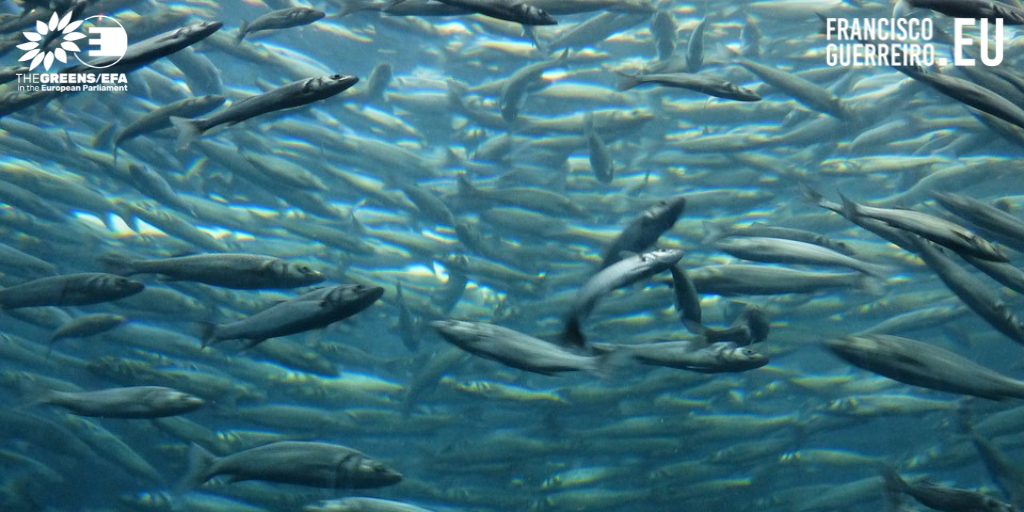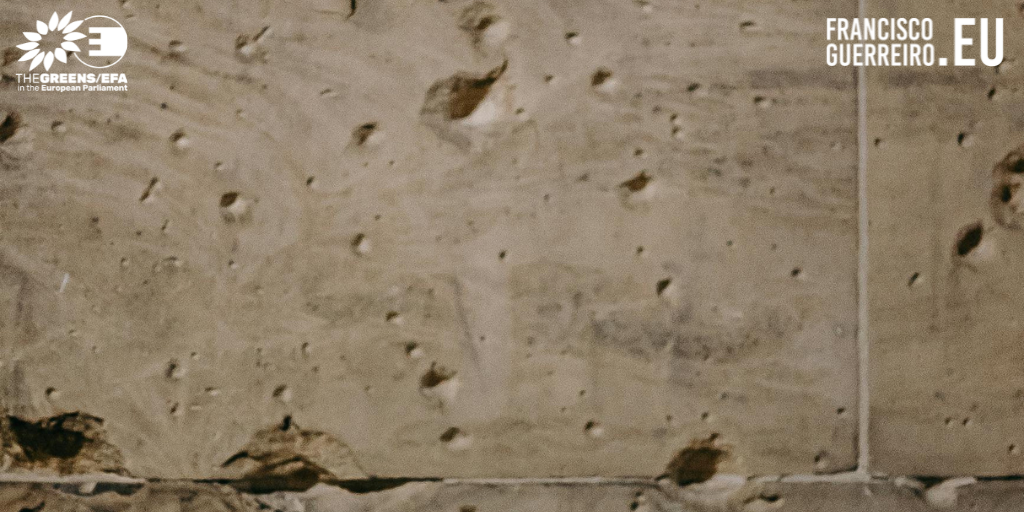
EU Biodiversity Strategy leaves out light pollution
Brussels, 14 October 2020 - MEP Francisco Guerreiro (Greens/EFA) questioned the European Commission for not including light pollution in its EU Biodiversity Strategy.
Given that light pollution - the alteration of natural lighting levels due to artificial light at night - is extremely harmful for the environment and seen, by a broad scientific consensus, as a threat to biodiversity, the Greens/EFA MEP regrets its exclusion from the European Biodiversity Strategy.
“A strategy to protect and restore biodiversity cannot be complete if it does not provide measures to reduce light pollution, aiming to limit its effects on biodiversity loss,” says Francisco Guerreiro.
Light pollution is known to cause habitat fragmentation, impairing physiology and behaviour in fauna. This also has strong cross-border consequences, given that the effects of light pollution can extend over hundreds of kilometres from the light sources, trespassing Member States’ borders, both in land and in water.
“Since the negative impacts of light pollution are transboundary, it makes little sense for each Member State to legislate on the matter, with harmonization of European legislation being more efficient,” the MEP comments.
Francisco Guerreiro asked also if the Commission agrees that the problem of light pollution and its effects on biodiversity should be addressed as soon as possible at European Union level.
See the full question below.
A strategy to protect and restore biodiversity cannot be complete if it does not provide measures to reduce light pollution, aiming to limit its effects on biodiversity loss.
Light pollution is the alteration of the natural lighting levels due to artificial light at night. It is increasing at a fast pace, including outside cities, and there is a pressing need of controlling and reducing its negative effects. Artificial light at night is a powerful environmental stressor and there is a broad scientific consensus about the fact that it is a threat for biodiversity. Light pollution is namely known to cause habitat fragmentation, impairing physiology and behaviour in fauna. This also has strong cross-border consequences, given that light pollution effects can reach hundreds of kilometres away from the light sources, trespassing Member States’ borders. EU level legislation is therefore required in order to successfully address the issue.
Consequently, I'm asking:
- Why has the Commission decided not to include, in its "EU Biodiversity Strategy for 2030", explicit mentions to light pollution, where relevant?
- If the Commission agrees that the problem of light pollution and its effects on biodiversity should be addressed as soon as possible, at EU level?










ParlTrack - Francisco Guerreiro considered one of the most productive MEPs
Monday, 01 July 2024
The analytical website ParlTrack has recorded all the parliamentary actions of MEPs during the 2019-2024 term, considering Francisco Guerreiro one of the most productive.READ MORE